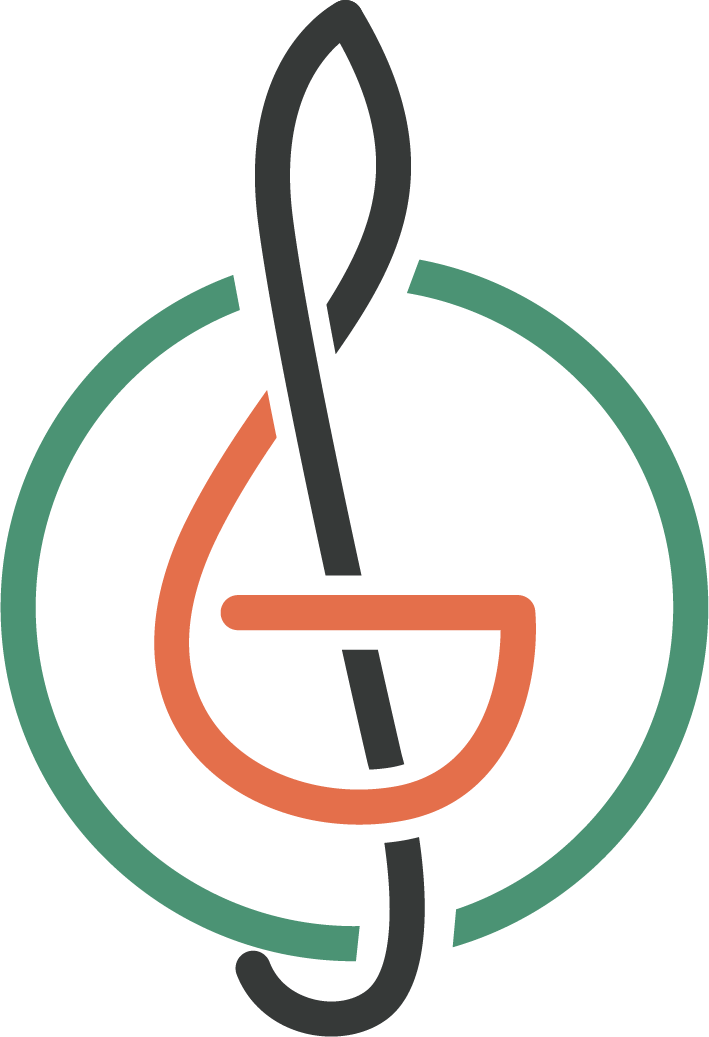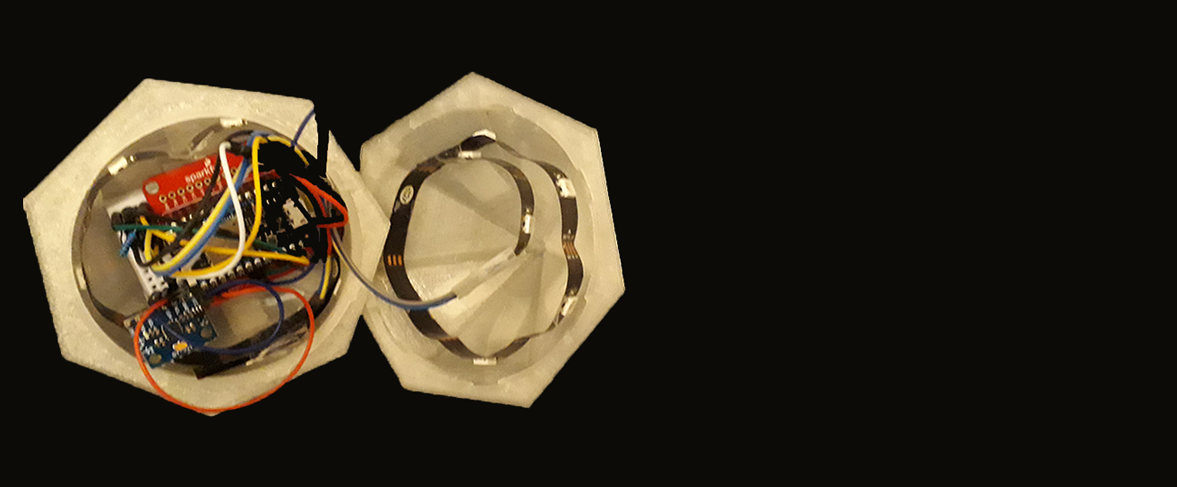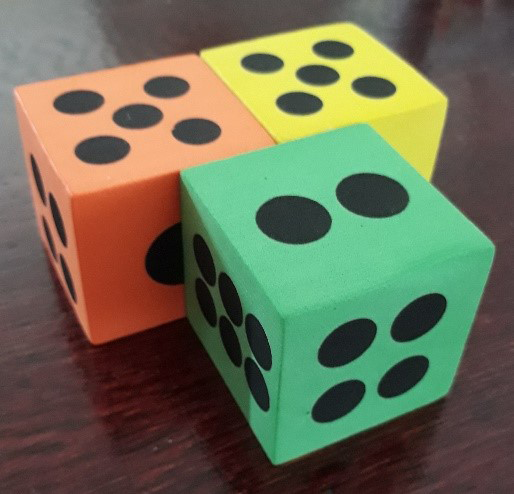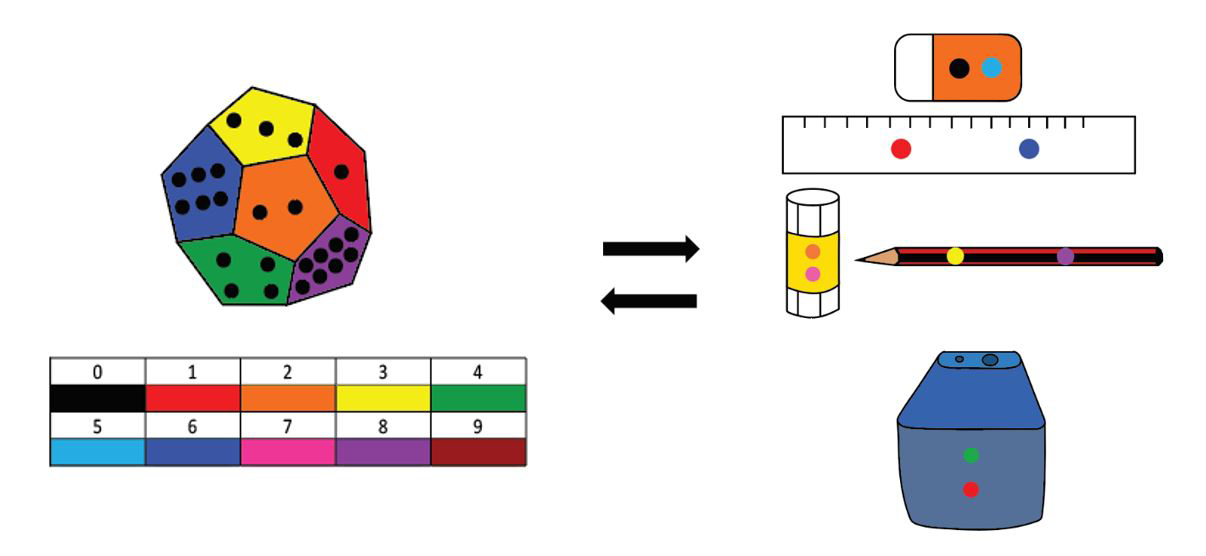Design Process

MathDice

Design Process

MathDice

The first stage of the process was to create an initial idea that fits within the team domain, musical things. This involved allowing people with no musical skills or
experience to create and explore music around them using objects to produce sounds by physically interacting with them. After feedback from other teams; however, the
target users were determined to be too broad, and they were unclear with the idea itself as they didn't know what sounds were being produced. Based on the feedback,
the team narrowed down the problem space to be primary school student's learning through the domain musical things.
The next step was to research and explore the problem space. I took the opportunity to ask a potential stakeholder who works at a public primary school to better understand
what areas students were struggling with. They replied, "multiplication is what students are struggling with as they don't know how to do it." From there, research was
conducted to support and investigate the person's response. The main insights gained were that Australian students are falling behind the world in maths
(Robinson & Griffiths, 2017) and they no longer having the fundamental skills of maths before they start high school (Tarica, 2010). One of the reasons for this is because
maths can be a dry subject for students, causing them to find it boring and they become unengaged ("Common problems in teaching primary school - F.learning Studio", 2019).
Thus, music was used because there is a connection between mathematics and notes, tones, scales and harmony (Tezer, Cumhur & Hürsen, 2016, pg.1488). This shared connection was
further supported through the mathematical concepts in music, such as rhythm, melody and music notation (Tezer, Cumhur & Hürsen, 2016, pg.1488). Therefore, using the connection,
basic maths skills can be found when singing songs such as “This Old Man” (Church, 2020). These skills include matching and comparing changes in rhythm, pitch and volume (Church, 2020).
Other ways of teaching maths through music is allowing students to match beats, pitches, speed, tempo, words or sounds by using objects, instruments, voice and the body (Church, 2020).
The reason for students to struggle at multiplication is because of lack of time. A way to improve the student's ability to retain and learn multiplication is to teach multiplication
strategy before they memorise the facts (Yoho, 2011, pg.146-148). To read all of the research please redirect to Proposal Report.
The main form of the dice was inspired by a medium-sized foam dice a teacher aide used to help teach students. I started to explore and investigate how this could be used with multiplication.

The original idea was to have a twelve-sided dice that recorded natural sounds made with school supplies and equipment. The differences between this prototype and the current one are that
push buttons were going to be used to record the natural sounds to represent digits. The children were going to create the sounds themselves to allow exploration of music. Further information
on the initial idea can be found by following this link Journal Week 4 Ideas.

Additional changes were done to the audio and form. Sounds were going to be created by the users; however, after a discussion between a teacher aide and teacher, who is qualified in the area of learning through music, it was found that a simple tune was better for learning, especially ones with no words or classical music because they don’t become distracted by the song. Therefore, the song Indian Dance was used as it was a simple music piece. Thus, each digit would be assigned either the same notes from the tune but different tones, different notes or same tone. Other changes were to the form which changed from a twelve-sided dice to a fourteen-sided dice because when questions were asked to a teacher aide they said, "children struggle with multiplying by 0 because they get it confused with addition". As the idea was aimed at teaching multiplication, zero was added and thus, an extra side was needed. Other changes were from planning to use balsa wood to then making a 3D printed dice that can be opened and closed, and that allows light to shine through and protects the sensor. For further information on why balsa wood was going to be used and why it changed please follow these links, Journal Mid-Semester and Journal Week 8.


Over time changes have been made to how the functionality was created or simulated. Originally, Vuforia and Unity were going to be used. Each side of the dice had an image target sticky taped to the outside to allow the web camera to detect the image. The data from the side rolled was then sent serially from Unity to the particle photon via a USB cable. From there, the corresponding RGB light would light up on the neo-pixel strip and audio would play from unity. There were issues with the interaction when another person was asked to interact with the prototype. They had trouble rolling the dice because it was connected to the computer via the cable and thus, they couldn’t roll it properly or with ease. The user had some trouble trying to figure out a way to roll it and kept asking how they wanted me to do this. Other issues were that the image targets weren’t easily detected because they were on an angle, causing the user to have to wait for some time or try another side as it wouldn’t work. To create an easier way of interacting with the project and to allow the person to use and see the interaction when they roll it for the first time, the MPU6050 sensor was used instead. The dice is now able to function without being connected to the unity and when placed in the correct position the sides can be rolled, light up and audio plays from Unity. The same person found it a lot easier to roll and interact with it; however, they were nervous about the sensors inside breaking. For further information on the changes to the functionality please follow these links Journal Week 9 and Journal Week 11.



Changes to the idea based on appraisals, interview, user testing and research were mostly about the audio part of the concept. Objects will no longer be used to produce sounds as further investigation
through an interview shows that although some children have access to the equipment, not all do, especially vulnerable students, placing them at a disadvantage. A suggestion was used and expanded on
from one of the appraisals concerning using hands to produce sound. Further research supports this as movement has been shown to increase learning and memorisation, for example, clapping
(Hansen, Bernstorf & Stuber, 2014). There are now five gestures, which include clapping, hitting a surface, hitting your thigh, fist and hand, and two fists. A teacher confirmed after seeing the
interactions that students would be able to learn this because they can pick things up if it involves music and movement. Other research conducted provided resources that were helpful when students
are learning multiplication for the first time as other teams in the appraisal believed this didn’t teach children from the beginning. The research involved looking at strategies and techniques to
teach multiplication. A teacher aide was also asked how students learn multiplication at their school, and they said, “repetition, they keep saying or writing it down over and over again.” In the
concept, extra interactions were added to allow users to use the dice with paper or digital resources found, or potential resources they use in class. The concept now facilitates learning one times
table at a time through repetitive learning and providing strategies to use past knowledge to aide them with their education. The extra interactions are shaking the dice to select the previous side
rolled, thus after this interaction, all the numbers will be multiplied by that number until the dice is shaken again.
A teacher aide was asked to take a spare 3D form of the dice to their school to see how the children would interact with it and what teachers thought about the concept for the students. The resources
supported the current iteration of the concept as the children were curious about the dice because they had never seen one like that before. They were not afraid to interact with it and explore or
play with it. After discussing with the teacher aide about the user test, they mentioned that a possible reason for the student’s excitement and curiosity was because of their background as they can't,
for various reasons such as finance, interact with various technologies other than at school. The first interactions were them trying to open the dice. However, they were unable to do this. This was
promising as the sensors within it would be a safety issue. Other interactions included them rolling the dice on various surfaces and throwing it in the air. These interactions further support how the
target users would interact with the dice as it is familiar with them. The teacher aide then talked to other teachers and explained the concept in their own words, through a normal conversation. The
teachers thought the concept was good and that it could help with engaging children in learning multiplication as they love using technologies or interacting with objects they haven't seen before.
One of the teachers thought that music was not needed as it would make it complicated; however, after the teacher aide explained the music was piano notes rather than a proper song, they started to
believe that it would work as long as it was simple. A video of the actual interaction was then shown to the children when a person rolled the dice and the number lit up and the audio played. This
received the same positive feedback from the teachers as they agreed that it could help with encouraging students to learn this important area in maths. For further information please follow this link
Journal Week 11 and Journal Week 12.
Church, E. (2020). The Math in Music and Movement | Scholastic. Scholastic. Retrieved from https://www.scholastic.com/teachers/articles/teaching-content/math-music-movement/
Common problems in teaching primary school - F.learning Studio. (2019, February 28). In F.learning Studio. Retrieved March 28, 2020, from https://www.flearningstudio.com/common-problems-in-teaching-primary-school/
Hansen, D., Bernstorf, E., & Stuber, G. (2014). The Music and Literacy connection (p. 43). Rowman & Littlefield.
Robinson, N., & Griffiths, M. (2017). Australian students slipping behind in maths and science, new reports find, ABC. Retrieved from https://www.abc.net.au/news/2017-03-15/australian-students-slipping-behind-in-maths-and-science-report/8353202
Tarica, E. (2010, May 15). A disaster? You do the maths. The Age. Retrieved from https://www.theage.com.au/national/victoria/a-disaster-you-do-the-maths-20100514-v48x.html
Tezer, M., Cumhur, M., & Hürsen, E. (2016). The Spatial-Temporal Reasoning States of Children Who Play a Musical Instrument. Eurasia Journal of Mathematics, Science & Technology Education, 2016, 12(6), 1487-1498. Retrieved from: https://www.ejmste.com/download/the-spatial-temporal-reasoning-states-of-children-who-play-a-musical-instrument-regarding-the-4556.pdf